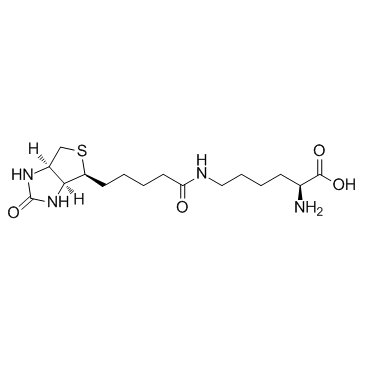| Structure | Name/CAS No. | Articles |
|---|---|---|
 |
Biocytin
CAS:576-19-2 |
|
 |
L-Histidine Decarboxylase
CAS:9024-61-7 |